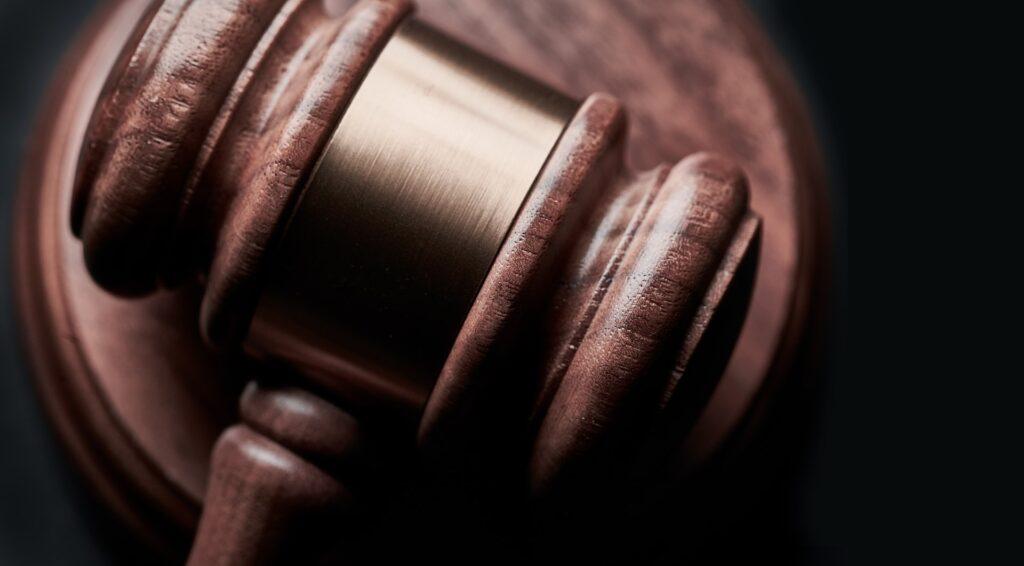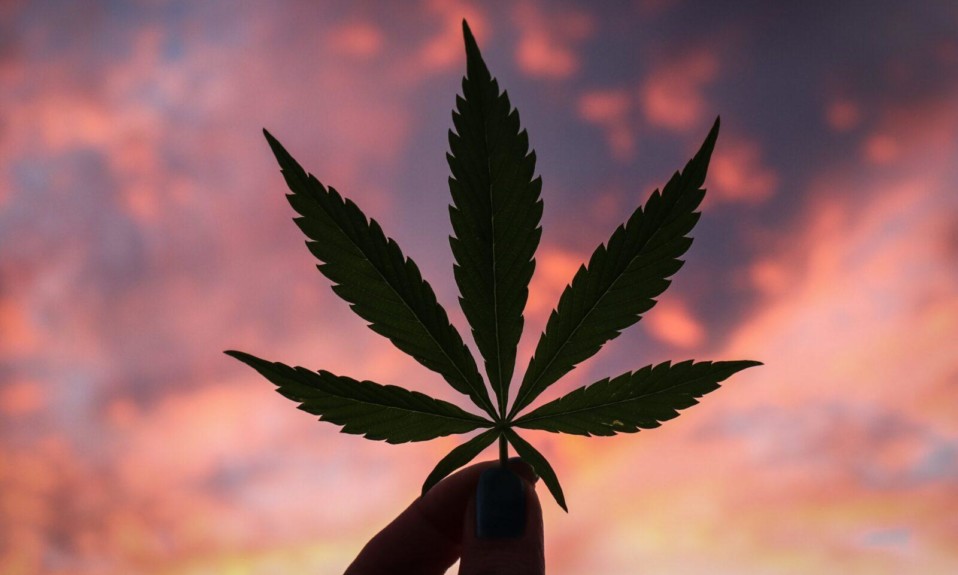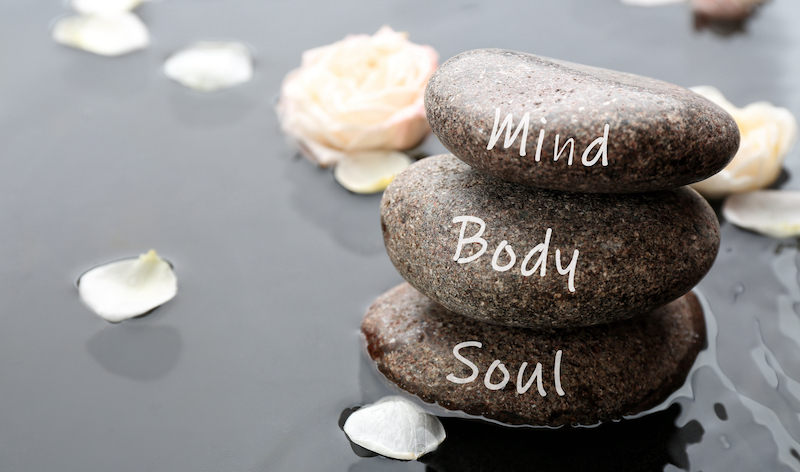With Vermont recently becoming the 11th state to allow the sale of recreational marijuana and more potentially coming aboard on Election Day, persistent questions have bubbled back to the surface
By William Wagner
October 29, 2020
The map continued to expand earlier this month when Vermont became the 11th state to allow recreational marijuana sales. In the coming years—or even as soon as the Nov. 3 election, with the issue appearing on several ballots—the number of “legal” states seems certain to keep growing. And that begs the question: What does it all mean?
Annie Peters, PhD, LP, director of research and education for the National Association of Addiction Treatment Providers (NAATP), has as good an answer as any: “It’s complicated,” she says.
With marijuana, there’s a balancing act because of the problems with criminalization. We want justice for the right things. We want there to be equity in who has legal problems related to drugs.”— Annie Peters, PhD, LP, director of research and education, National Association of Addiction Treatment Providers
From the perspective of social justice, the methodical decriminalization of marijuana has been a positive—an equalizer. At least in theory.
“Decriminalization overall is good because there’s just so much disparity as to who gets incarcerated,” Peters says. “Typically, it’s African Americans much more so than white people for a marijuana offense. With marijuana, there’s a balancing act because of the problems with criminalization. We want justice for the right things. We want there to be equity in who has legal problems related to drugs.”

“A Tale of Two Countries”
The reality, however, has been something other than equity—it’s been more of the same. Overall, blacks are 3.64 times more likely than whites to be arrested for marijuana possession even though the usage rates among the two races are similar, according to a report released this year by the American Civil Liberties Union (ACLU), “A Tale of Two Countries: Racially Targeted Arrests in the Era of Marijuana Reform.” And while overall marijuana-related arrests have decreased in states where the drug is legal, the story in those locales has remained largely unchanged for blacks.
“Many state and local governments across the country continue to aggressively enforce marijuana laws, disproportionately targeting black communities,” Ezekiel Edwards, director of the ACLU’s Criminal Law Reform Project, said in a news release about the report. “Criminalizing people who use marijuana needlessly entangles hundreds of thousands of people in the criminal legal system every year at a tremendous individual and societal cost. As a matter of racial justice and sound public health policy, every state in the country must legalize marijuana with racial equity at the foundation of such reform.”
Money and Marijuana
But as is often the case when a product becomes commercialized, it’s the dollar that seems to be top of mind. And it’s easy to see why: Recreational marijuana is extraordinarily lucrative. Colorado, for example, generated more than $1 billion in total weed revenue from 2014 to ’19.
Legalizing marijuana without a pretty big prevention and education program makes it challenging, especially with young people.”—Annie Peters, Ph.D., LP
Peters—who has spent 14 years in the addiction field, first with the Hazelden Betty Ford Foundation and then with the Harmony Foundation in Colorado before joining NAATP—believes not enough of that money has trickled down to the treatment, prevention and education levels. This is troublesome for several reasons.
“If we’re legalizing something, it has to be balanced out by providing resources to people who have problems with it,” Peters says. “It’s an addictive and problematic chemical, like alcohol and tobacco, which are legal. We know smoking and alcohol are harmful, but there’s less knowledge about marijuana and less education.
“Legalizing marijuana without a pretty big prevention and education program makes it challenging, especially with young people. Even though it might not be legal for young people to consume it or get it, there’s a belief now that it’s less harmful than tobacco or alcohol. But it’s particularly harmful for young people. The brain continues developing until the mid-20s, and marijuana impairs that development.”
Not that any of this is likely to slow the legalization train. It remains an open question as to when or whether marijuana will become legal at the federal level, but you can be sure the states will keep pushing on.
“There’s so much money in it, and there’s no recognition of the dangers,” Peters says. “The public believes, to a large extent, that the benefits outweigh the risks. That’s not clear in the research, but that doesn’t mean people listen to the research. It’s likely it will become legal in more states. It seems like a trend.”
Photos: Kym Mackinnon, Bill Oxford













